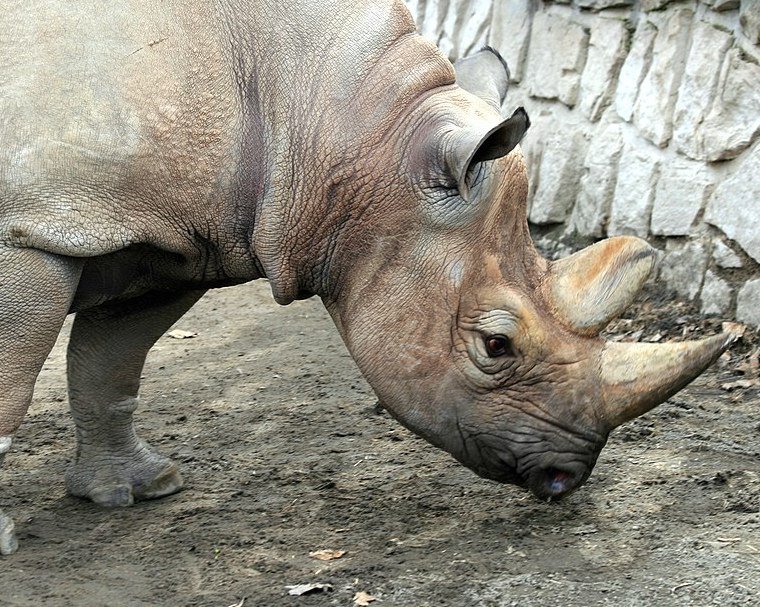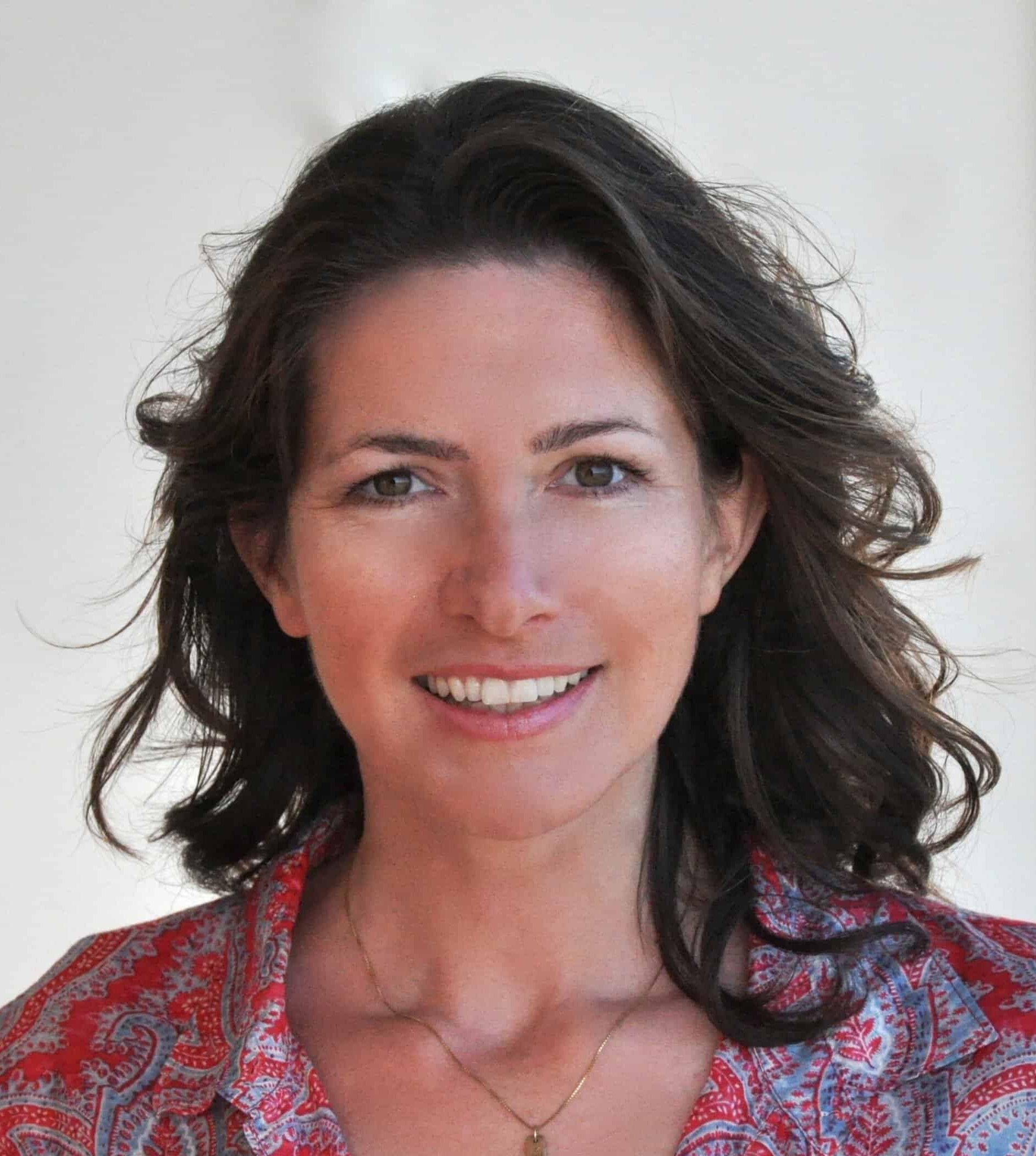This is the first story in our two-part series about scientists working to bring back extinct and threatened species amid our world’s decreasing biodiversity. Read the second story here.
Nature conservationists and animal activists all over the globe have the cell phone number of Marlys Houck in San Diego. “I keep my cell phone on the nightstand, always on,” the trim, blonde researcher says. “I’m always on call.”
When researchers get the opportunity to tag some of the remaining 17 Vaquita dolphins in the Gulf of Mexico, they ask Houck if she could cultivate and preserve dolphins’ skin cells in her lab before the endangered dophins go extinct. In 2012, when the last male Pinta Island tortoise, Lonesome George, died at the age of 100, Houck flew to the Galapagos islands from California with only 24 hours’ notice to harvest his cells. (She wasn’t allowed to take them with her to the US, though. Due to the complex international laws of exporting material from endangered species, she had his cells frozen in Ecuador.)
At 61, Houck is at the forefront of a race against time. At the San Diego Zoo Wildlife Alliance, she is the curator of the Frozen Zoo, the world’s oldest and largest collection of living animal cell lines.
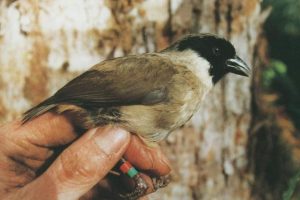
Animal populations have declined by an average of almost 70 percent since 1970, according to the latest WWF Living Planet Report. Whether in the open ocean or the rainforests, whether they analyzed birds, fish, amphibians, or reptiles, the experts found that the abundance of wildlife is in freefall. More than 26,500 species are extinct or seriously endangered, and we lose another 60 species every day. Some of them, such as the Po’ouli bird or Black-faced Honeycreeper, now only exist in the form of frozen cells in Houck’s cryogenic tanks. Scientists believe we are living through the sixth mass extinction — the largest loss of life on earth since the time of the dinosaurs. This time, the extinction is driven by humans, and therefore conservationists argue that it is also humans’ responsibility to do everything possible to reverse this trend. This includes collecting and freezing the cells of endangered animals, hoping we can revive their population in the future.
At first glance, the Frozen Zoo looks surprisingly unimposing. Six silver chest-high cryogenic tanks stand in a garage-size room at the Beckman Center in Escondido at the outskirts of the Safari Park, which is part of the San Diego Zoo Wildlife Alliance. But when Houck opens one of the lids and the white nitrogen fog dissipates, one spots the awe-inspiring content: rows and rows of finger-size test tubes. Together, they contain the living cells of more than 12,500 species. This is what distinguishes the Frozen Zoo from many other biodiversity collections: All the cells are alive. “Every tube contains about a million cells,” Houck explains, including cells of species such as the Saudi gazelle or the Po’ouli bird that are already extinct.
Houck has spent the last three and a half decades collecting, cataloging and multiplying animal cells in her lab next to the Frozen Zoo. She and her three colleagues add a few dozen more species to the collection every year. “We are trying to conserve the cells of at least six female and six male specimens of each species,” Houck explains, “and a little more of species that reproduce slowly like the rhinos. This is tedious, complex work.” But it wouldn’t be wrong to view the Frozen Zoo as a contemporary version of Noah’s Ark: It has the potential to safeguard the survival of innumerable species.
At the UN biodiversity convention this December in Montreal, scientists will once again try to convince governments to take comprehensive, urgent action to stop the collapse of wildlife populations. On the success of Houck’s work rests much of their hope.
Saving grace
The German-born pathologist Kurt Benirschke started the collection in 1975, long before scientists anticipated the fantastic potential in genetic research and reproductive sciences. “You must collect things for reasons you don’t yet understand,” was one of his mottos. He was primarily a specialist for human placentas. “He could tell you exactly what went wrong during a birth just by looking at a placenta,” says Houck, who worked with him until shortly before his death in 2018.
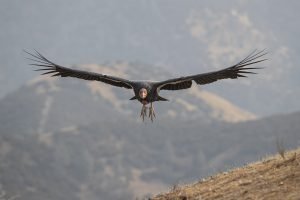
Houck, who also originally started her career as a geneticist for humans, worked at a local children’s hospital and initially only joined the zoo for an internship to learn more about genetics. Ever since, she has been collecting animal cells whenever the opportunity arises. She mostly harvests cells from the animals that die or undergo routine procedures at the San Diego Zoo. However, since her reputation has grown along with that of the Frozen Zoo, conservationists and zoo directors from all over the world call her for help when a rare animal dies or is being treated. The directors of the nonprofit San Diego Zoo Wildlife Alliance have been pioneering innovative conservation efforts for the last 106 years, and the Alliance has been instrumental in rewilding more than 44 endangered species, including the California condor.
Spend half a day with Houck in her lab next door to the cryo tanks, and one gets an idea of how challenging the task is to multiply living cells and to prep them to survive for decades or even centuries. “Look, here is one!” she hollers enthusiastically and points at the screen of her monitor as a tree frog cell divides in the nutrient solution under her microscope. “This is my world!”
The cells of different species thrive in different temperatures and individual nutrient solutions. What works for horse cells is deadly for deer cells and vice versa. For instance, the first cells of the now functionally extinct northern white rhinos reached the zoo contaminated. “It is incredibly difficult to transport such cells over vast distances without exposing them to bacteria or mold,” Houck acknowledges. In the Frozen Zoo’s early years, an entire tank once malfunctioned and thawed, killing its content. Therefore, the Frozen Zoo now keeps a spare tank for emergencies and a duplication of the entire collection at an undisclosed location, just in case.
Houck works with scientists, conservationists and zoos worldwide to create a global network for saving endangered species. Not least because of the complicated export laws, specialists would ideally protect native species in their own national Frozen Zoos, but few labs have the funds and the scientific know-how of the Frozen Zoo in San Diego. The Frozen Ark at the University of Nottingham mainly collects DNA instead of living cells. The Smithsonian’s National Zoo in Washington harbors the world’s biggest supply of frozen mother’s milk from endangered species so that endangered young mammals can be nourished if necessary. The Amphibian Ark focuses on saving amphibians. And the seed bank on the Norwegian island of Spitzbergen stores seeds to safeguard the diversity of plants for the future. Each of these collections has its own significance and expertise, and will play a role in protecting the future of biodiversity on this earth.
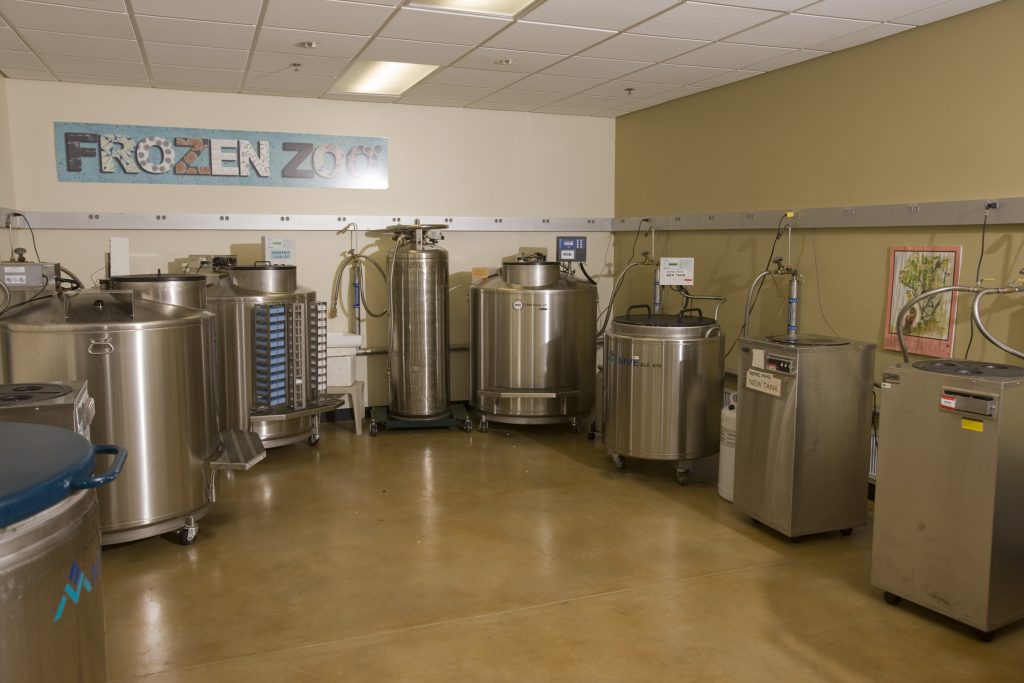
The Frozen Zoo, too, is just one of six biodiversity collections in the Alliance’s Biodiversity Bank. The Alliance also collects plant seeds, mother’s milk, hoofs, horns and other animal parts. However, because of its size and the decades-long experience of its scientists, the Frozen Zoo has a unique impact and outsize significance.
The collection is in constant demand. Cell samples from the Frozen Zoo have contributed to more than 140 genome sequencing projects worldwide. Houck tries to keep one extra vial for each species that can be thawed for research when requested without disturbing the rest of the collection.
Directly across from Houck’s lab and the Frozen Zoo are the offices of the geneticists. They sequence the genomes of entire species or, as in the case of the California condor, analyze the genes of every single living condor to secure maximum genetic diversity for the condors’ offspring. The geneticists also cooperate with the Broad Institute in Cambridge, Massachusetts, on a project that compares the DNA of 200 mammals. “It’s incredible what we’ve already learned,” Houck marvels, “and the research keeps evolving. When I started working here, we didn’t even know how many chromosomes a Sumatra rhinoceros has. And we only learned a few years ago how many chromosomes a penguin has!”
The Frozen Zoo is not only used for research but also serves as an additional gene pool for severely endangered species. Half of the cryo tanks contain the world’s biggest collections of frozen, living reproductive cells (germplasm) of endangered and extinct species. While Houck is the curator of the entire Frozen Zoo, Barbara Durrant, the director of reproductive sciences, is the specialist for the eggs (oocytes) and sperm. In her lab, Durrant analyzes the testicles of mountain lions and the sperms of tigers that experts send her from Asia and Africa. “When anything dies in the Zoo or Safari Park, we get the ovaries or testes,” Durrant explains.
For instance, sperm that had been preserved in the Frozen Zoo was used to increase the genetic diversity of the cheetah. Using methods developed with domestic cats, thawed cheetah sperm fertilized an in vitro matured cheetah oocyte, which then developed into an embryo. “We need to use all methods,” Durrant says, “from natural reproduction to artificial insemination and cloning.” In 2020, cultures from the Frozen Zoo restored much-needed genetic variation into the critically endangered black-footed ferret population in Wyoming, resulting in the first successful cloning of a native species in the US. That same year, the critically endangered Przewalski’s horse was successfully cloned in Texas with thawed cells from the Frozen Zoo. This is not science fiction: The result, a healthy foal named Kurt, is now running wild in a remote corner of the San Diego Safari Park.
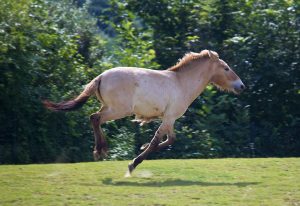
The Przewalski’s horses are considered the last truly wild horses. They are smaller and stockier than European horses, and they once galloped across the plains from northern Asia and the Mediterranean. But like many other species, their numbers plummeted because of habitat loss and changing climate. Thirty years ago, Przewalski’s horses were declared extinct in the wild. However, about a dozen remained in zoos — including the San Diego Zoo and Safari Park. Experts like Durrant call these remaining horses “assurance populations,” and one of the missions of the San Diego Zoo Wildlife Alliance is to increase their numbers and bring them back to the wild. They succeeded, and Przewalski’s horses are roaming their native ranges in China and Mongolia once again. Their classification has been changed from extinct in the wild to “endangered,” a monumental success Durrant is proud of, though she emphasizes it was a collaborative effort involving many organizations. Here is where the Frozen Zoo comes in: Because all offspring descend from just 12 horses, the species needs more genetic diversity to survive long-term.
Weighed down by negative news?
Our smart, bright, weekly newsletter is the uplift you’ve been looking for.If you look at the Asia Savanna section of the San Diego Safari Park, you’ll see two light brown foals with short, spiky manes run across the hills, Kurt and Holly. Holly was born naturally, and Kurt is the clone from Texas, the genetic copy of a stallion that lived over 40 years ago. His DNA had been preserved in the Frozen Zoo. “He’s really wild,” Durrant says proudly. “And that’s what he’s supposed to be.”
The scientists named the youngest offspring Kurt after Kurt Benirschke, the founder of the Frozen Zoo. Benirschke could never have anticipated the advance of reproductive methods that would make his collection a treasure for scientists decades later. Of course, the best solution for preserving endangered species would be not to let them go extinct in the first place.
But without the prescient Kurt in 1975, the young Kurt would not be galloping across meadows in 2022.











